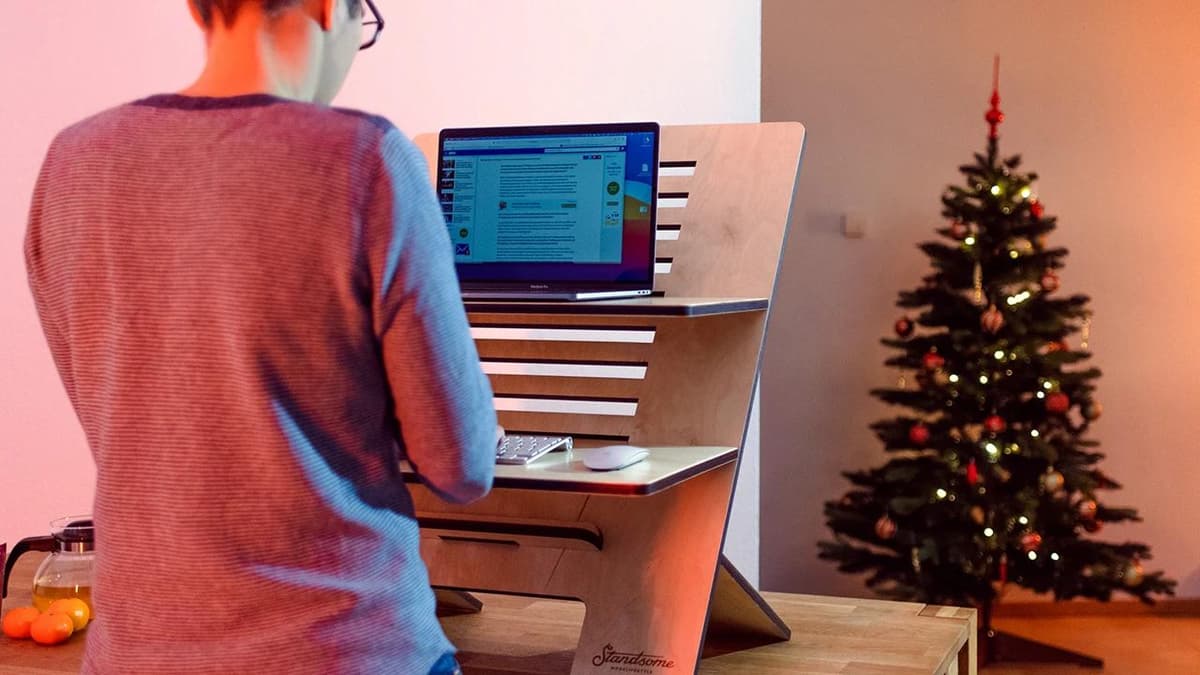Back to the Grind? What Does "Return to Office" Really Mean?
Remember the days of commuting, office chatter, and watercooler gossip? Well, for many of us, those "olden days" are making a comeback. After pandemic shutdowns and the rise of remote work, companies are now calling their employees back to the office. But what exactly does "return to office" mean in 2024? Buckle up, because it's not as simple as dusting off your old desk chair.
Not One-Size-Fits-All
Gone are the days of rigid, everyone-back-at-their-desks policies. Companies are realizing that a one-size-fits-all approach doesn't work. Some are opting for fully in-person models, while others are embracing hybrid setups, where employees split their time between home and the office. Some even offer "hoteling," where you don't have a fixed desk but grab an available one each day.
Why the Change?
Why this shift back to the office, you ask? Well, reasons vary. Some companies miss the in-person collaboration, brainstorming sessions, and spontaneous chats that can spark creativity and innovation. Others worry about remote work leading to isolation, communication breakdowns, and a dip in company culture. Some even mention concerns about productivity or security.
What to Expect
So, if your company is calling you back, what can you expect? It depends on their chosen model. Be prepared for some adjustments, whether it's figuring out childcare again, setting new boundaries between work and personal life, or even relearning office etiquette (remember microwave manners?).
Hybrid Perks and Challenges
Hybrid models offer flexibility, but also potential drawbacks. You might juggle two workspaces, manage different schedules, and miss out on some in-person interactions. Communication is key here, so talk to your manager and colleagues about expectations and preferences.
Making it Work
Whether fully in-office or hybrid, here are some tips for a smooth transition:
- Talk it Out: Discuss your concerns and preferences with your manager. Open communication is crucial for understanding expectations and finding solutions that work for both you and the company.
- Plan and Adapt: Prepare for your return, whether it's figuring out commute times or setting up your home office. Be flexible and willing to adapt as you go.
- Stay Connected: Make an effort to stay connected with colleagues, both in-person and remotely. Utilize technology, schedule virtual coffee breaks, and organize team-building activities.
- Focus on Wellbeing: Returning to office can be stressful. Prioritize your well-being by setting boundaries, taking breaks, and maintaining a healthy work-life balance.
You're not alone in this transition. Many people are navigating similar situations. Talk to your colleagues, share your experiences, and support each other as you adjust to the new normal.
The "return to office" is more than just a physical move. It's a chance to redefine how we work, collaborate, and thrive. While the future remains uncertain, one thing is clear: Flexibility, communication, and employee well-being will be key players in shaping the new world of work. So, dust off your desk chair, take a deep breath, and embrace the opportunity to create a work environment that works for everyone.












